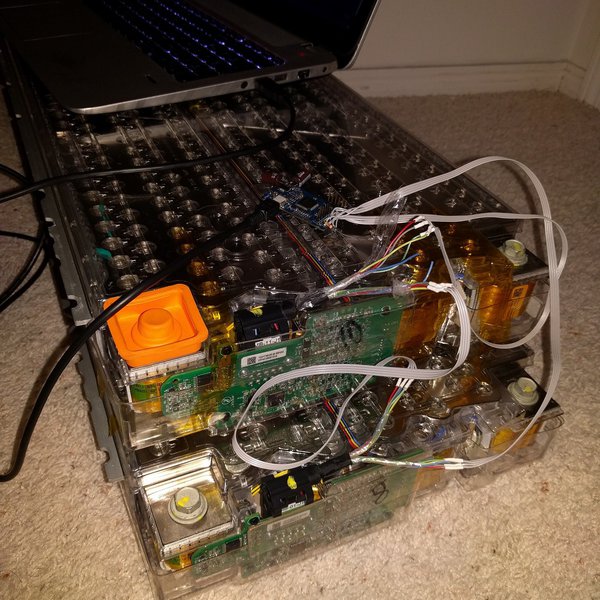@jensk2 Lots of theories. Unfortunately we are battling invisible stupid software logic without documentation. I have been battling nearly exact same problem. Nothing tried so far would improve my 20+ to 40+ mV imbalance (depending on SOC) My graphs are here (
link ) No fancy recalculations like your graphs. Just plain all 96 brick voltage readings swept across complete SOC window.
Lowest Imbalance also my GEOMEAN
My lowest imbalance is around 22mV at 70 SOC. This is also my GEOMEAN as I set to 70% SOC charge limit for years and made only 15+ mile trips between charging back to SOC.
@wk057 did post a reply the lowest imbalance is usually center of the SOC window due to smallest voltage deltas at these SOCs (
link )
Lowest Modules are 10 and 12
My lowest voltage modules are 10 and 12 AND all 6 bricks in each module are in balance with each other.
3Ah CAC
SMT (Android beta) reports 3Ah CAC
 Car Lose 4mi/day
Car Lose 4mi/day
On latest software in Advanced Mode (2022.8.10.17)
MCU1 Display->Energy Saving On
Disconnected pack doesn't lose capacity or increase imbalance
Car has sat with HV disabled for 2-3 months 2-3 times in the past 2 years for LDU coolant leak rebuild. HV battery didn't seem to lose capacity or any increase in imbalance during these long idle periods.
Attempted Balancing Efforts
Have tried 100% of 1/2 day, 95% for 2 days. Slowly charge 80-100% SOC at 5Amps etc.. No change to the imbalance.
Did see 4mV improvement @ 70 SOC ONCE after this long effort (
link sweep across 10% SOC intervals followed by > 6hr rest which I presume provides BMS with good calibration ) then charged it up to 95%
However, 4mV imbalance improvement was quickly lost (back to 22mV at 70 SOC) and haven't been able to see rebalancing effects again.
Parasitic Drain Mode Theory
Don't understand your "manual' draw floor graph from post
#41. What is Y axis? since has no labels.
=====
Evidence seems to suggest is BMS is not triggering bleeding of the higher modules for some reason. It would be valuable if SMT can somehow extract BMS balancing state (each module/BMB's target voltage request) Will follow up with SMT developer if this is possible. This would give us at least and easy definitive info rather than wait and measure. Isn't easy to get precise SOC levels unless one had plenty of free time to watch SMT closely.
Maybe BMB problems?
Having also worked with
@mr_hyde on repairing his battery pack, I do wonder about moisture corrosion effect on the frontal module BMBs (
link ) My weak modules are 10 and 12 which are right side front 3 rows behind the hump. The upward facing AGM valve on top of the hump (Tesla remove on later pack revisions) just below windshield water dump through the wiper arm holes is likely culprit for frontal moisture along with plenty water spray from big wheel well holes. This is besides upward facing fuse cover and AC drain dump (even revised AC drain dump in front of hump rusted seams on
@mr_hyde HV pack)
@jensk2 pack low modules are 2 5 11 13. 2 and 13 BMBs are next to each other and 5 and 11 are diagonal from each other but close by. Can't remember if 14 module cars skip module 8 and 9 numbering or use them to count up to 14 (
link )
Note ALL BMBs other than the 2 modules in the hump are located at center spline of the pack.
Unfortunately no easy visibility unless time consuming effort of pulled HV pack and non destructively peel off the lid (
WARNING Deadly dangerous and require ALL HV safety )





